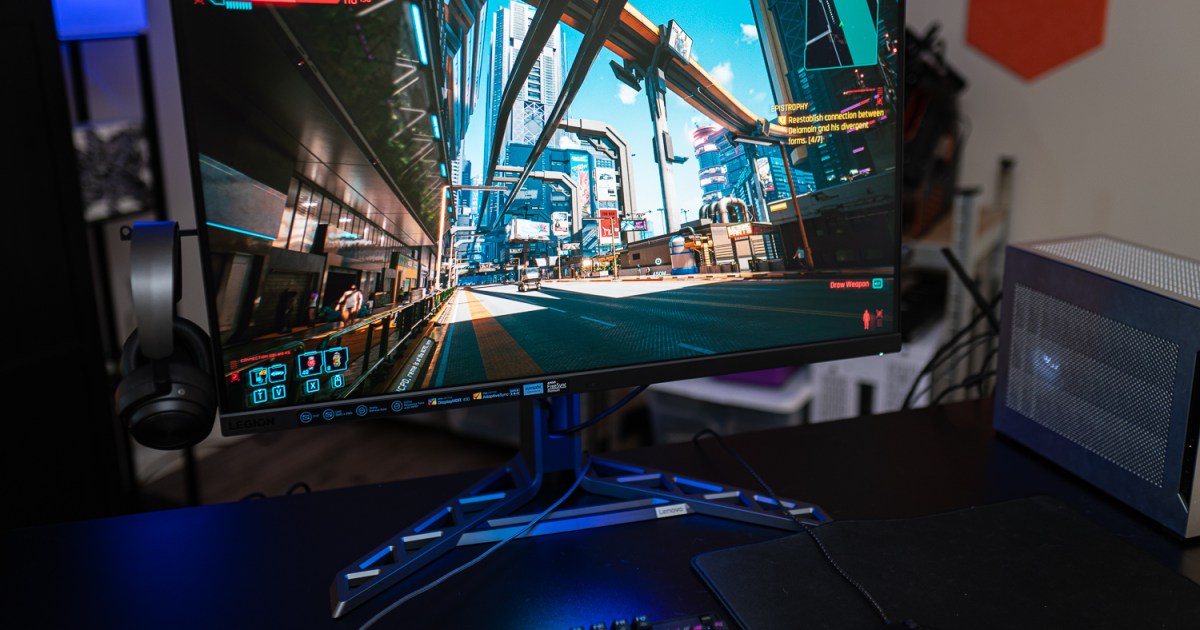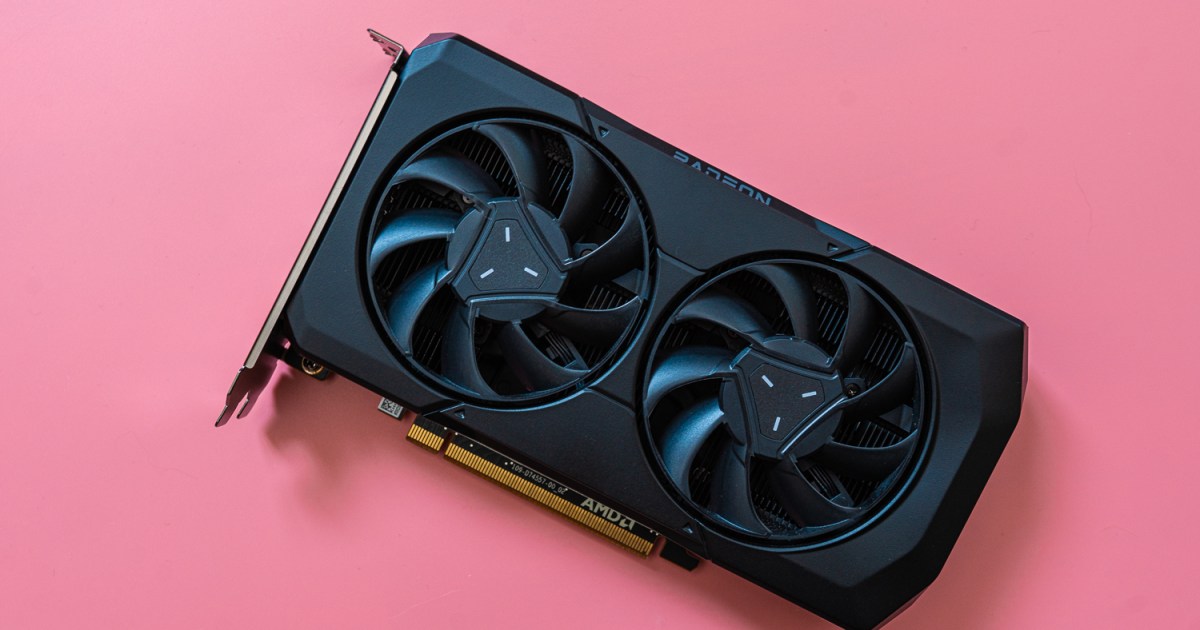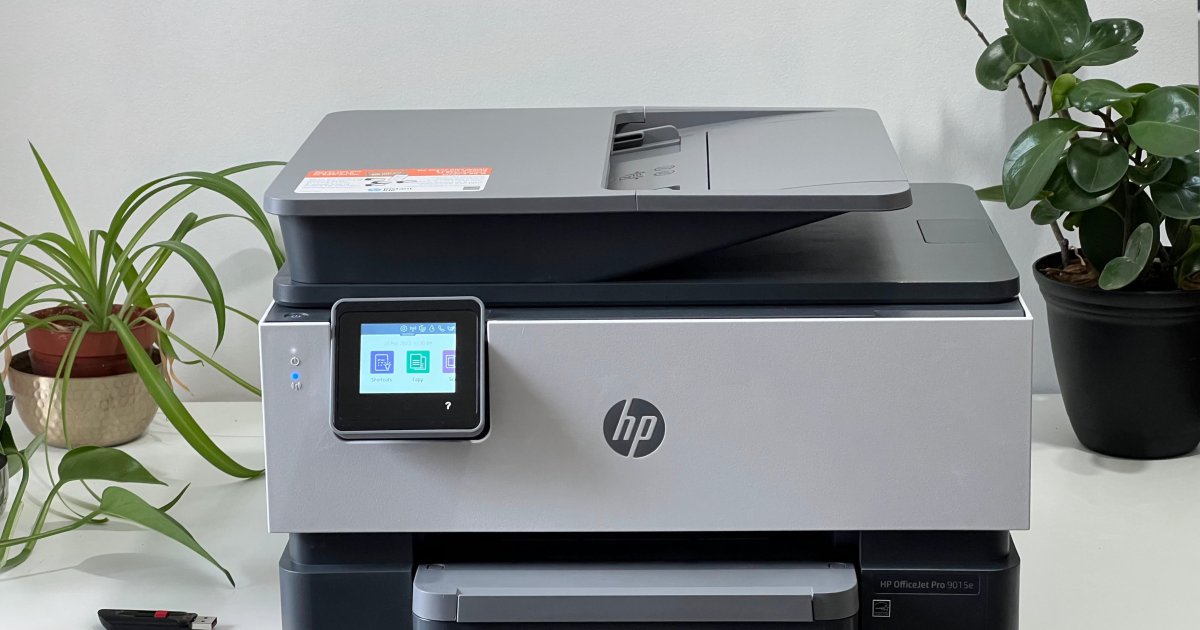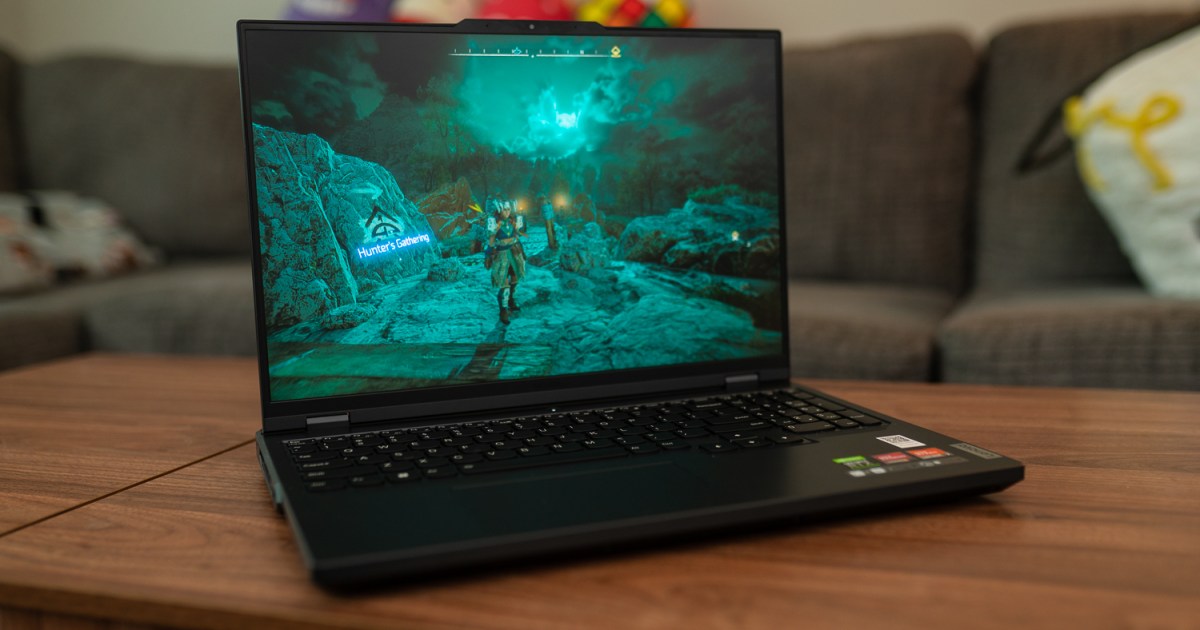The new Asus Zenbook S 13 OLED (2023) immediately catches the eye with its sleek, black keyboard deck reminiscent of MacBook Pros. However, this ultraportable offers much more than just aesthetic similarities to Apple’s offerings. While the 2022 model impressed with its AMD Ryzen processor, the 2023 version opts for a lower-powered Intel chip, impacting performance but boosting efficiency. Despite this trade-off, the Zenbook S 13 OLED remains a strong contender in the thin-and-light Windows laptop arena.
Key Specifications
| Feature | Asus Zenbook S 13 OLED (2023) |
|---|---|
| Dimensions | 11.66 x 8.51 x 0.43-0.46 inches |
| Weight | 2.2 pounds |
| Processor | Intel Core i7-1355U |
| Graphics | Intel Xe Graphics |
| RAM | Up to 32GB LPDDR5-5200MHz |
| Display | 13.3-inch 16:10 2.8K (2,880 x 1,880) OLED |
| Storage | Up to 1TB PCIe Gen 4 SSD |
| Touchscreen | No |
| Ports | 2 x Thunderbolt 4, 1 x USB 3.1 Gen 2 Type-A, 1 x HDMI 2.1, 1 x 3.5mm audio jack |
| Wireless | Wi-Fi 6E, Bluetooth 5.2 |
| Webcam | 1080p + IR (Windows Hello) |
| Operating System | Windows 11 Pro |
| Battery | 63 watt-hour |
| Price | $1,400 |
The current configuration offers the Core i7-1355U, 32GB of RAM, a 1TB SSD, and a stunning 2.8K OLED display. While the $1,400 price tag places it in the premium segment, it’s a reasonable cost considering the generous memory and storage. More affordable configurations with 16GB RAM and 512GB storage are expected.
Design and Build Quality
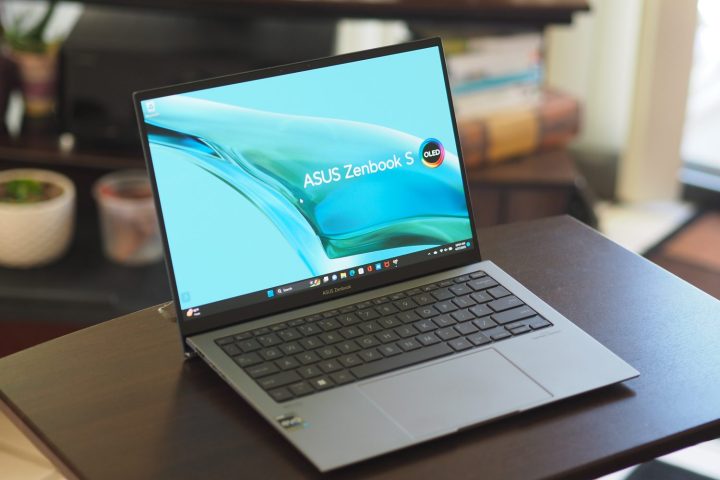 alt text: The Asus Zenbook S 13 OLED (2023) open and angled, showcasing the display and keyboard.
alt text: The Asus Zenbook S 13 OLED (2023) open and angled, showcasing the display and keyboard.
The Zenbook S 13 OLED is incredibly thin, measuring just 0.43 inches at the front, tapering to 0.46 inches at the rear. While technically not the absolute thinnest, it’s undoubtedly among the slimmest laptops available. Weighing only 2.2 pounds, it’s lighter than the MacBook Air M2 and exceptionally portable. The magnesium-aluminum alloy chassis contributes to both its durability and lightweight design.
The lid boasts a unique “plasma ceramic aluminum” finish, a departure from previous Zenbook designs. This eco-friendly material, created using water, temperature, and electricity, offers a distinct stone-like texture and varies slightly in appearance for each laptop.
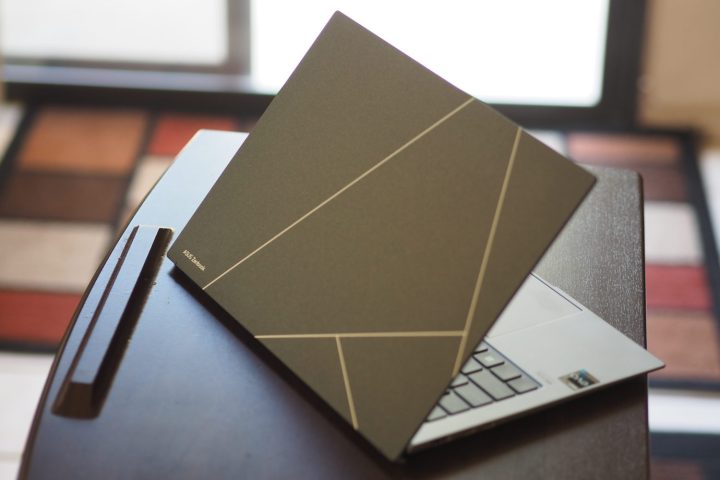 alt text: The back of the Asus Zenbook S 13 OLED (2023) showing the textured lid and Asus logo.
alt text: The back of the Asus Zenbook S 13 OLED (2023) showing the textured lid and Asus logo.
While not as rigid as the Dell XPS 13 Plus or MacBook Air M2, the Zenbook S 13 OLED feels well-built. The keyboard deck and bottom chassis are sturdy, and the lid offers decent resistance to flexing. The one-handed hinge mechanism is smooth and holds the display securely.
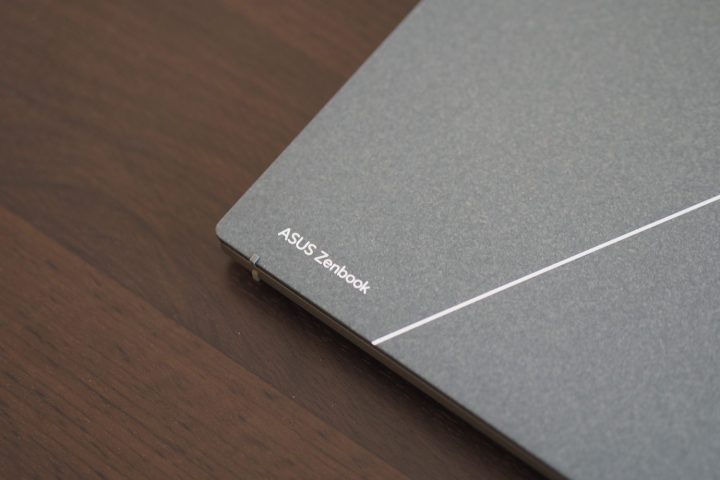 alt text: Close-up view of the Asus Zenbook S 13 OLED (2023) textured lid.
alt text: Close-up view of the Asus Zenbook S 13 OLED (2023) textured lid.
The angled keyboard deck promotes comfortable typing and enhances airflow. The keyboard itself features large keycaps, good spacing, and responsive keys. The spacious touchpad offers a smooth surface and precise clicking.
Performance and Battery Life
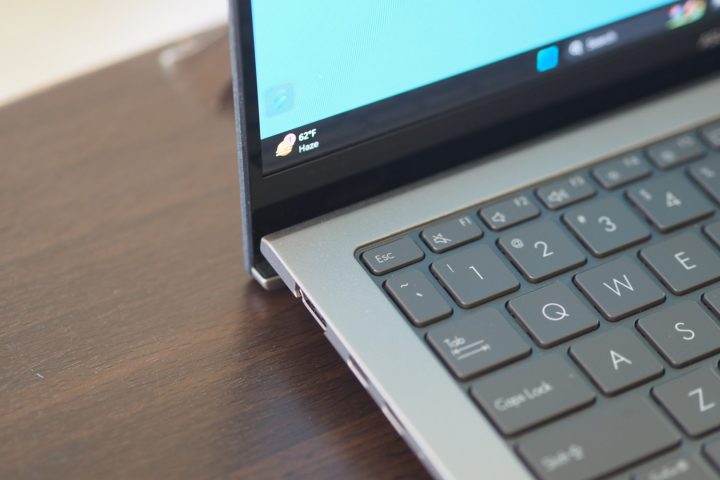 alt text: Top-down view of the Asus Zenbook S 13 OLED (2023) showing the top corner of the laptop.
alt text: Top-down view of the Asus Zenbook S 13 OLED (2023) showing the top corner of the laptop.
The shift to the 15-watt Intel Core i7-1355U marks a performance decrease compared to the previous generation’s AMD Ryzen processor, especially in multi-core workloads. While adequate for everyday productivity tasks, it falls short for demanding applications and gaming.
| Benchmark | Asus Zenbook S 13 OLED (2023) |
|---|---|
| Geekbench 5 (Single/Multi) | 1,829 / 6,893 (Balanced), 1,836 / 6,908 (Performance) |
| Handbrake (seconds) | 157 (Balanced), 135 (Performance) |
| Cinebench R23 (Single/Multi) | 1,629 / 6,005 (Balanced), 1,827 / 6,962 (Performance) |
| PCMark 10 Complete | 5,423 |
However, the trade-off comes in the form of improved battery life. The Zenbook S 13 OLED delivers impressive results in our battery tests, promising nearly all-day usage on a single charge.
| Test | Asus Zenbook S 13 OLED (2023) |
|---|---|
| Web Browsing | 9 hours, 47 minutes |
| Video Playback | 15 hours, 14 minutes |
| PCMark 10 Applications | 12 hours, 50 minutes |
Display and Audio
 alt text: Front view of the Asus Zenbook S 13 OLED (2023) highlighting the vibrant OLED display.
alt text: Front view of the Asus Zenbook S 13 OLED (2023) highlighting the vibrant OLED display.
The 13.3-inch 2.8K OLED display is a highlight, offering vibrant colors, deep blacks, and ample brightness. While touch functionality is absent, the visual quality is exceptional. Color accuracy is excellent, and while peak brightness might not be record-breaking, it’s sufficient for most environments. Dolby Vision support enhances HDR content, although it doesn’t quite match the brilliance of mini-LED displays. Asus includes software features to mitigate OLED burn-in concerns.
The audio performance is average, with clear mids and highs but lacking bass. External speakers or headphones are recommended for a richer audio experience.
Conclusion
The Asus Zenbook S 13 OLED (2023) prioritizes portability, efficiency, and a premium design. While the performance drop compared to the previous model might disappoint some, the extended battery life and stunning OLED display are compelling advantages. With its sleek aesthetics, comfortable keyboard, and comprehensive connectivity, it’s a compelling option for users seeking a premium ultraportable.




